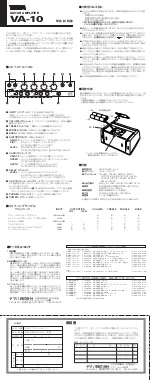
R-230, -250, -270
SECTION II
17
GREAT ORGAN: continued
Viola Pomposa 8’
Soft string tone.
(Swell expression)
Harmonic Flute 8’
Tone quality of solo stature. Basic voice of the flute chorus.
Flute Celeste II 8’
(Swell Expression)
Two soft flute tones, one slightly detuned from the other to
create a warm celeste.
Octave 4’
The 4’ member of the Great principal chorus.
Spitzflöte 4’
Partially stopped flute tone.
Fifteenth 2’
An open metal stop that produces foundation tone at 2’ pitch.
Mixture IV
A compound stop of principal tone. Four notes in octave and
fifth relationships sound together when a single key is
depressed. As pitches progress upward, they “break” back to
the next lower octave or fifth. Used to cap the Great principal
chorus, adding brilliance and pitch definition.
Cymbale III
Three rank mixture of principal tone. Each note produces three
pitches at octave and fifth relationships to the key depressed.
Typically drawn after the principal chorus, including the
Mixture IV, has been drawn.
Tromba 8’
Harmonically full, more like trombone tone than trumpet tone.
Excellent reed chorus voice. Works very well as a solo reed
voice of medium brightness.
Krummhorn 8’
The tone quality of the shawm, a medieval ancestor of the
clarinet, is the basis for this light, bright, nasal reed. It can be
used alone as a solo or combined with light flues for a
somewhat rounder reed solo effect.
Chimes
Typical Tubular Chimes.
Celesta
(Swell Expression)
Delicate percussion sound similar to a music box.
Classic Voicing Gt-Pd
See Section III, Page 19
Tremulant
Same as Tremulant in Swell, but affects stops in the Great and
Pedal, except for the bottom octave in both divisions.
Summary of Contents for Renaissance 230
Page 34: ......















































